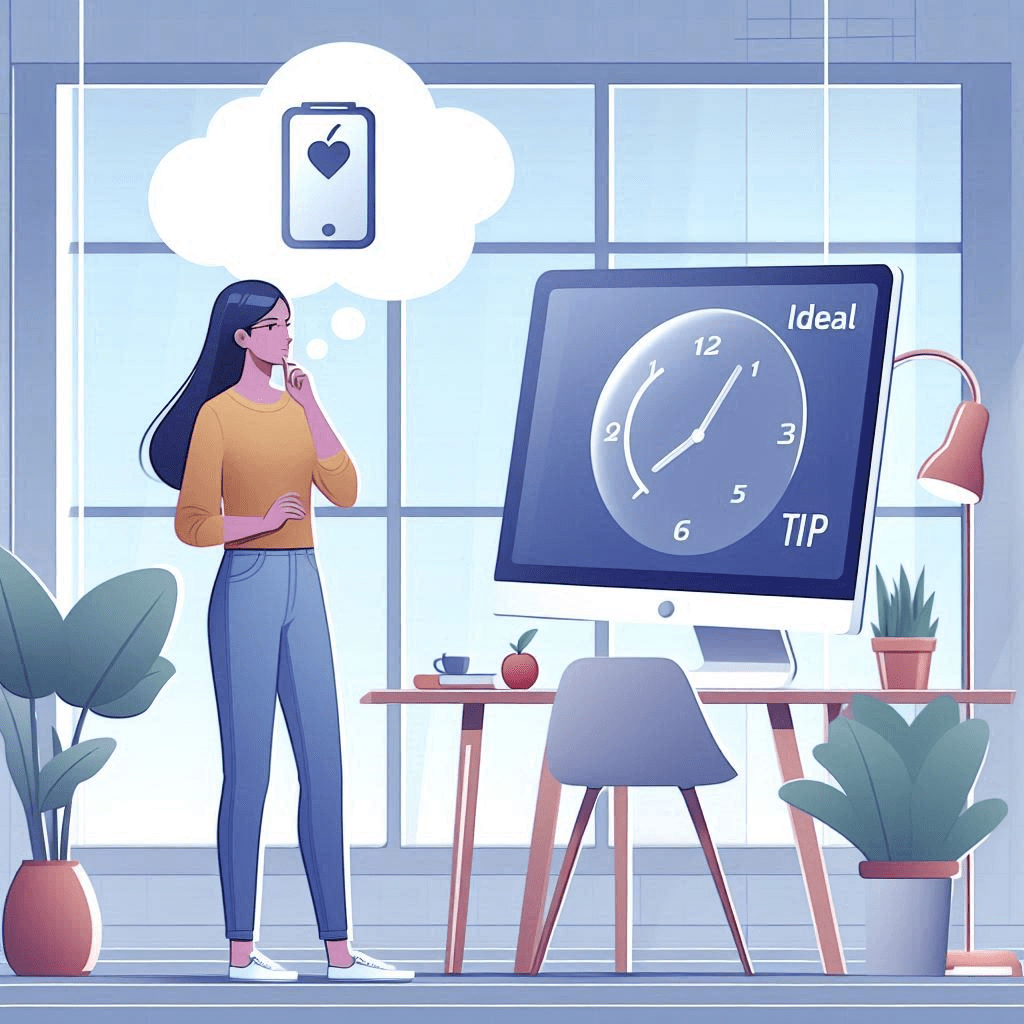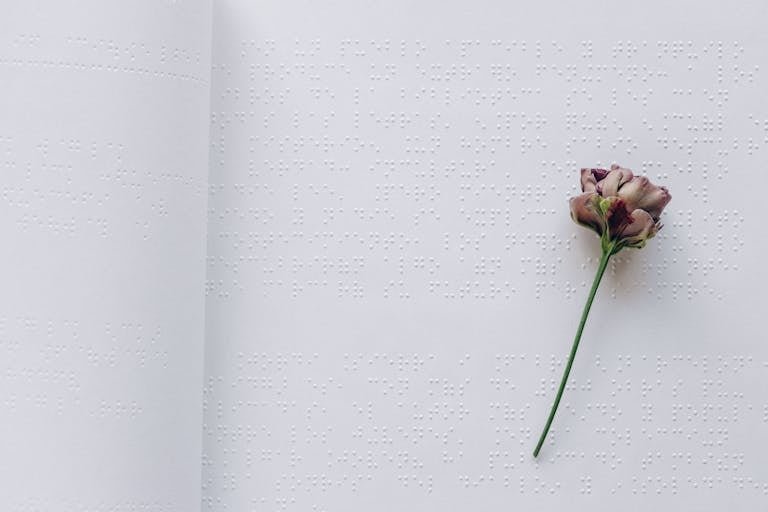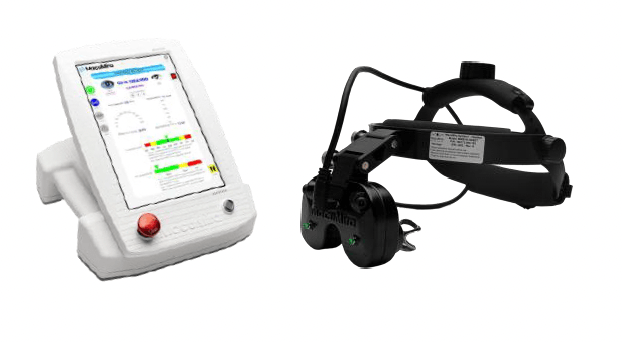Managing Screen Time to Reduce Eye Fatigue
| Managing Screen Time to Reduce Eye Fatigue |
Screens are an integral part of our daily lives. From smartphones and tablets to computers and televisions, our eyes are constantly engaged with digital displays. This increased screen time has brought about a growing concern: eye fatigue.
Eye fatigue, or digital eye strain, affects millions of people globally, causing discomfort and impacting productivity. This blog post aims to shed light on the relationship between screen time and eye fatigue, and managing screen time to reduce eye fatigue and providing practical advice on how to protect your eyes in an increasingly digital world.
Understanding Eye Fatigue and Screen Time
What is Eye Fatigue?

Eye fatigue, known as asthenia or eye strain, is a condition characterized by tired, achy, or sore eyes. It often occurs after prolonged periods of intense visual activity, such as reading, driving, or staring at digital screens. in a simple word, anytime you put too much pressure on your eyes, you might experience eye fatigue. This pressure could come from any eye activity such as driving for a long time or staring at a screen like your phone screen , TV screen, or reading in a screen.
Common symptoms of eye fatigue include:
- Eye discomfort
- Headaches
- Blurred vision
- Dry eyes
- Neck and shoulder pain
Screen Time and Eye Fatigue
The relationship between screen time and eye fatigue is well-documented. On average, adults spend more than seven hours a day in front of digital screens, while children and teenagers can clock in even more hours due to educational and recreational activities.
This excessive screen time can lead to digital eye strain, exacerbated by factors such as poor lighting, improper viewing distances, and the use of devices without taking adequate breaks. techniques such as 20-20-20 rules and having a proper posture will help a lot to diminish the effect of blue light coming from the screen.

Statistics on Screen Time
A study by the Vision Council reports that 80% of American adults use digital devices for more than two hours per day, and nearly 67% use two or more devices simultaneously. Additionally, around 59% of adults report experiencing symptoms of digital eye strain. These numbers are a testament to the pervasiveness of screen time in modern life and the widespread occurrence of eye fatigue.
What is the ideal screen time per day?

How much screen time is ideal for my baby?
For babies under 18 months, it’s best to avoid screen time altogether, except for video chatting with family. For 18-24 months, introduce high-quality programming, but watch it together to help them understand what they’re seeing.
What’s the recommended screen time for toddlers?
Toddlers should have no more than 1 hour of screen time per day. Focus on high-quality content and make sure to watch together to encourage learning and interaction.
How much screen time is healthy for my school-age child (6-12 years old) ?
Limit screen time to 1-2 hours of high-quality programming per day. Encourage other activities like reading, playing outside, and hobbies to balance their day.
How much screen time is appropriate for adults?
Adults should try to limit recreational screen time to about 2 hours per day. If you work on a computer, take regular breaks to reduce eye strain, and make sure to spend time away from screens to relax and unwind.
What’s the ideal screen time for teenagers?
Teens should aim for no more than 2 hours of recreational screen time per day. This doesn’t include time spent on schoolwork. Promote a healthy balance by encouraging offline activities and regular breaks from screens.

How to break children’s screen time?
Review of a study: Strategies for Reducing Screen Time Among Young Children
Screen time is common among young children, especially in lower-income families and minority communities, and can lead to obesity. To find the best ways to reduce screen time for kids under 12, researchers reviewed 144 studies. Out of these, 47 were relevant, and 29 showed that certain methods worked well.
The most effective strategies included using TV monitoring devices, giving feedback, and providing counseling. However, there are still gaps in the research, such as focusing more on young children and minorities, long-term results, and removing TVs from children’s bedrooms. Addressing these gaps can help make screen time reduction strategies better for everyone.
The Relationship Between Screen Time and Mental Health in Young People
Increased screen time is often blamed for the rise in mental health problems among young people, but this idea mostly comes from cross-sectional studies. To get a clearer picture, researchers conducted a review of 35 longitudinal studies with sample sizes ranging from 126 to 12,866 participants. These studies explored the link between screen time and mental health symptoms over time.

The review found that the connection between screen time and later depressive symptoms is small to very small. There was little evidence showing that depressive symptoms lead to increased screen time. The link between screen time and depression also varied depending on the type of device and how it was used. For other mental health issues like anxiety, self-esteem, and general internalising problems, the evidence was not strong enough to suggest a significant connection.
Overall, the results suggest that the impact of increased screen time on young people’s mental health is likely to be minimal. More studies are needed to understand how the content and reasons for screen use affect mental health.
The Science Behind Screen Time and Vision Strain
Blue Light Exposure
One of the primary culprits behind digital eye strain is blue light. Digital screens emit a significant amount of blue light, which has a shorter wavelength and higher energy compared to other colours in the visible light spectrum. Extended exposure to blue light can lead to:
- Disruption of the sleep-wake cycle by inhibiting the production of melatonin
- Increased risk of macular degeneration over time
- Eye discomfort and strain
Scholarly Insights
Numerous scholarly articles highlight the impact of prolonged screen use on eye health. For instance, a study published in the “Journal of the American Medical Association” (JAMA) found that excessive screen time is associated with higher rates of myopia (nearsightedness) in children. Another study in “Ophthalmology” links blue light exposure to potential damage to retinal cells, suggesting a need for preventive measures.
Recognizing the Signs of Eye Fatigue
To effectively combat eye fatigue, it’s crucial to recognize its signs early. Common indicators include:
- Persistent headaches after screen use
- Blurred or double vision
- Difficulty focusing
- Increased sensitivity to light
Strategies for Reducing Eye Strain
Several strategies can help alleviate eye fatigue:
- The 20-20-20 Rule: Every 20 minutes, take a 20-second break to look at something 20 feet away. This practice helps reduce eye strain by giving your eyes a chance to refocus.
- Adjusting Screen Brightness: Ensure your screen brightness matches your environment to minimize glare and reduce eye strain.
- Proper Lighting: Avoid using digital devices in poorly lit areas. Instead, use soft, ambient lighting to reduce contrast and glare.
Practical Measures to Combat Eye Fatigue
Ergonomic Adjustments to reduce eye fatigue from screens
Creating an ergonomic workspace can significantly reduce eye strain. Consider these adjustments:
- Monitor Placement: Position your monitor at eye level and about 20-30 inches away from your face. The top of the screen should be at or slightly below eye level.
- Chair and Desk Setup: Use a comfortable chair that supports your lower back and keep your feet flat on the ground. Ensure your desk is at a height that allows your arms to rest comfortably while typing.
Eye Exercises and Breaks
Regular eye exercises and breaks are essential for maintaining eye health:
- Palming: Rub your hands together to generate heat and place them gently over your closed eyes for a few minutes. This exercise helps relax the eye muscles.
- Blinking: Make a conscious effort to blink frequently to keep your eyes moist and reduce dryness.
- Focus Shifting: Shift your focus between near and distant objects to improve eye flexibility and reduce strain.
Diet and Supplements for Eye Health
A healthy diet rich in vitamins and minerals can support eye health. Key nutrients include:
- Vitamin A: Essential for maintaining good vision. Found in carrots, sweet potatoes, and leafy greens.
- Omega-3 Fatty Acids: Help reduce dry eyes. Found in fish, flaxseeds, and walnuts.
- Lutein and Zeaxanthin: Protect against blue light damage. Found in spinach, kale, and eggs.
Technological Solutions and Protective Gear
Using blue light filters and screen protectors can significantly reduce blue light exposure. These tools are available as screen protectors for devices or software applications that adjust the screen’s color temperature.
Computer glasses are specifically designed to reduce digital eye strain. They come with anti-reflective coatings and blue light-blocking lenses that help alleviate eye discomfort during prolonged screen use.
Importance of Regular Check-Ups
Regular eye examinations are crucial for maintaining eye health. Eye care professionals can detect early signs of eye strain and other vision problems, providing timely interventions to prevent long-term damage.
Early Detection and Prevention
Routine check-ups can help detect conditions like myopia, hyperopia, and astigmatism early. Early detection allows for the implementation of corrective measures, such as prescription glasses or contact lenses, to improve vision and reduce eye strain.
Conclusion
In an era where digital devices dominate our daily activities, taking proactive steps to protect our eyes is essential. By understanding the relationship between screen time and eye fatigue, implementing practical measures, and seeking regular eye examinations, we can safeguard our vision and enhance our overall well-being. Remember, your eyes are invaluable—prioritize their health in your digital routine.
Call to Action
If you experience persistent eye fatigue, consult with an eye care professional for personalized advice and treatment options. Implement the strategies discussed in this blog post to reduce eye strain and maintain optimal eye health in our screen-centric world.
References
- Sheppard, A. L., & Wolffsohn, J. S. (2018). Digital eye strain: prevalence, measurement and amelioration. BMJ Open Ophthalmology, 3(1), e000146.
- Rosenfield, M. (2011). Computer vision syndrome: a review of ocular causes and potential treatments. Ophthalmic and Physiological Optics, 31(5), 502-515.
- American Optometric Association. (2020). The effects of blue light on our vision. Retrieved from https://www.aoa.org
- Vision Council. (2016). Digital eye strain report: Eyes overexposed. Retrieved from https://www.thevisioncouncil.org







